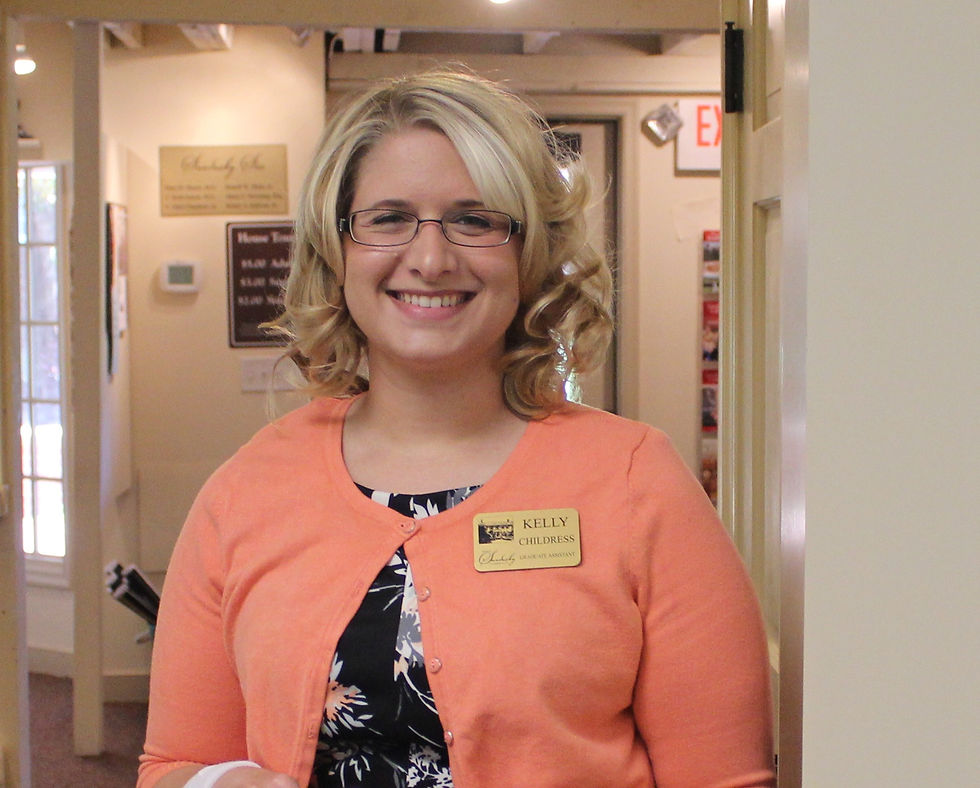Collecting History

My name is Kelly Childress and I am a historical interpreter with a Master of Arts in History and a minor in museum studies from Lynchburg College. From August 2013 to May 2015 I held a position as a graduate assistant at Historic Sandusky where I was given a variety of projects to work on over the course of two years. Working at a small historic site, our jobs and responsibilities are eclectic and can range from managing the visitor center and giving house tours to researching landscapes and interiors, transcribing and digitizing archival documents, or organizing children’s archaeology camps. Here at Sandusky, both graduate assistants and museum staff wear many hats. However, that is also the unique appeal of our site as it has allowed each of us to pursue specific areas that suit our individual career goals and research interests.
During my time as a graduate assistant, one of my personal projects was working on the research and cataloging of Sandusky’s artifact collection. Cataloging is a process in which each object within a museum’s collection is assigned a unique and permanent object number as a form of identification. The process is very methodical and often time consuming. However, it is an integral part of collections care and management. Like a fingerprint, an object number distinguishes one artifact from another and is used to link all related documentation to that object. Utilizing accession records, artifacts are sorted into groups based on the year and dates they were bequeathed to the museum. Each artifact is then assigned a corresponding object number that denotes the year in which the object was received, the group number and the object’s number within the group. After an object is given a number, it is then photographed or scanned, properly labeled or tagged, and entered into a collections management database which allows us to document artifacts and provide further information into their provenience, utility and significance.

From a Civil War POW journal written by James Risque Hutter to a 19th century Sinumbra oil-lamp originally from Poplar Forest, Sandusky is home to an assortment of artifacts and documents connected to the house, its residents and Lynchburg during the Civil War. The study of material culture and the preservation of state and local history is exceedingly important. There is a great deal that can be interpreted and learned from artifacts when given the proper context. While cataloging the collection is only the first step in a more long-term project, we are certainly headed in the right direction. The opportunity to work with this collection and familiarize myself with the history behind the artifacts has been a fascinating experience. For me, that is one of the greatest rewards of this field− knowing, that little by little, we are working towards a fuller understanding of Sandusky’s history and the people who have lived here.
In the photo above, Kelly is talking with local news station ABC 13 about the POW Journal of Risque Hutter, which was nominated to the Virginia Association of Museums Top 10 Endangered Artifacts in 2015.





















